Tips and tricks for teaching Addition Strategies in 1st grade! Have you introduced addition in your first grade classroom yet? Addition is the standard that we spend the most time on throughout the year is 1st grade! Our goal by the end of the year is for our first graders to be able to add fluently and automatically within 10 and to be able to flexibly use strategies for addition within 20.
So how do we get them there? In this post, I am going to share my favorite tips and tricks for introducing Addition Strategies in 1st grade! You can also grab my favorite Addition Math Mats for hands-on small group learning for Free! 🎉
You can find all of the lessons, activities, worksheets, and anchor charts from this post in my Addition Strategies Math Unit here! It is part of my Happy Math Curriculum for 1st Grade!
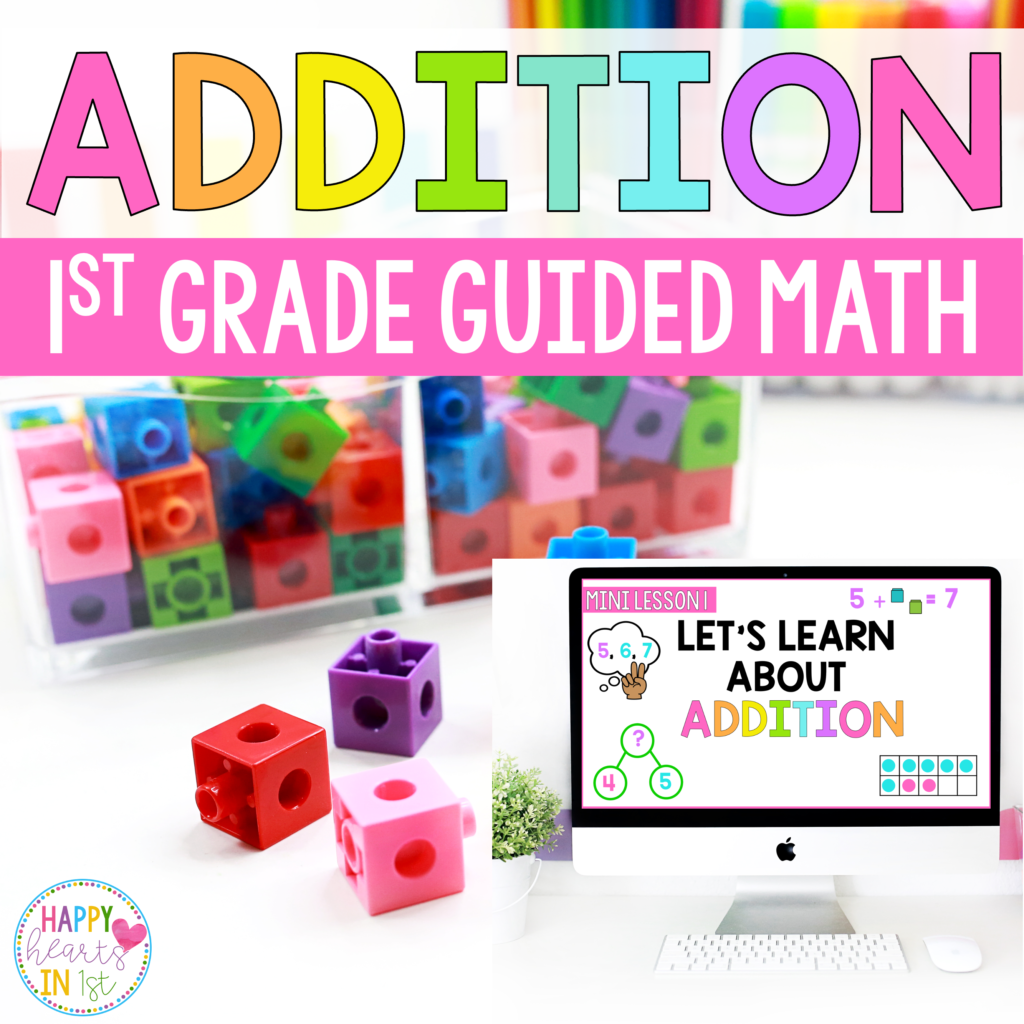
What are Addition Strategies?
Teaching a variety of Addition Strategies is so important to create flexible problem solvers and build fact fluency!
I tell my students that our addition strategies are like tools in our Strategy Toolbox. When we need to add, we can pull out a tool or strategy to help us!
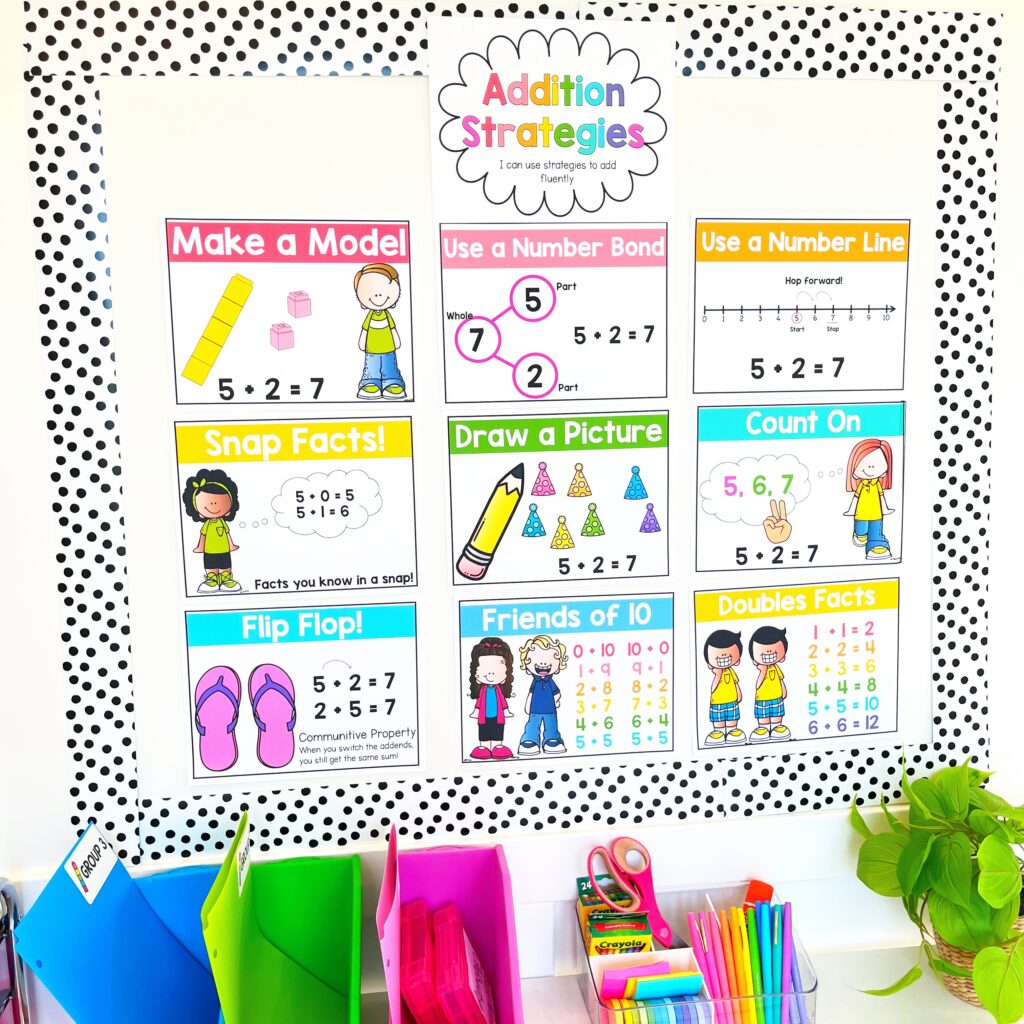
Addition in 1st Grade – Where do we start?
Before students are able to add fluently and automatically, they need to have a concrete understanding of what addition is and how it works. Building conceptual understanding is essential with any new math skill and it is always where I start!
We want our students to understand that Addition means to join together parts to make a whole. The first strategy I teach my students is using manipulatives to Make a Model. This is simply using manipulatives to act out an addition story. We use a variety of tools such as cubes and counters on a ten frame to model an addition problem.
I also like to have my students get up and act out real world story problems during our whole group mini lessons.
Introducing Addition Strategies
I introduce each of our Addition Strategies during our whole group math mini lesson using our interactive mini lesson slides. Students usually bring a dry erase board to the rug so that they are able to actively participate in the lesson.
During each mini lesson I:
- ⭐️ Introduce the strategy
- ⭐️ Model the strategy
- ⭐️ Give my students an opportunity for quick guided practice

After learning a new strategy, we add our Addition Strategy Poster to our strategy wall!
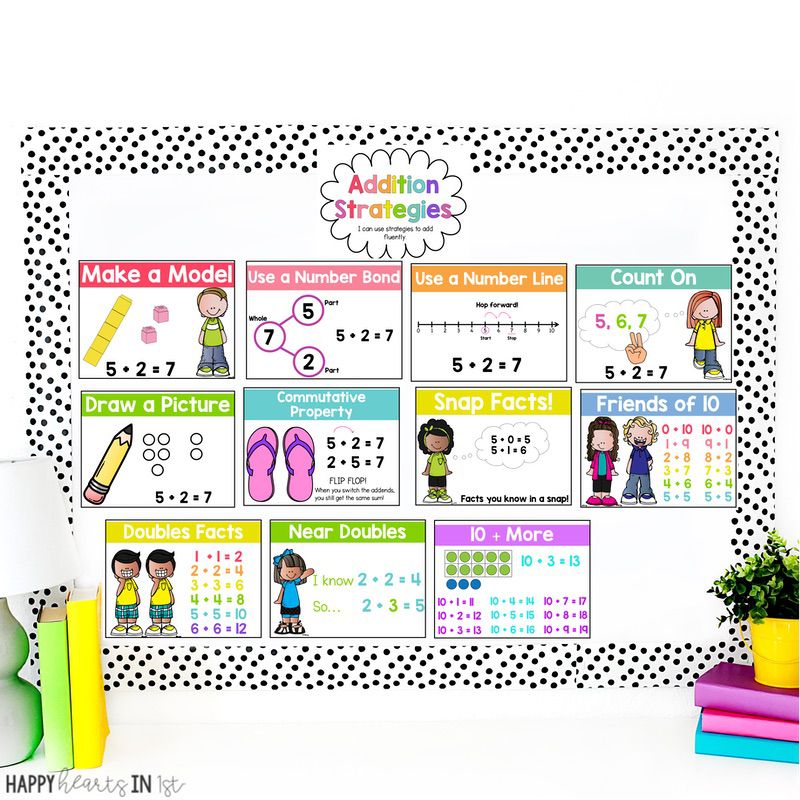
Hands-On Practice with Addition Strategies
After our mini lesson, we begin our math rotations. Students visit the teacher table for small group instruction daily! At the teacher table, I give my students hands-on practice with our addition strategy.
My favorite Small Group Activity is using Math Mats! I simply print and slip them into a dry erase pocket. Then I just add manipulatives for engaging, hands-on practice of math skills. You can grab some of my favorite Addition Math Mats for FREE here!
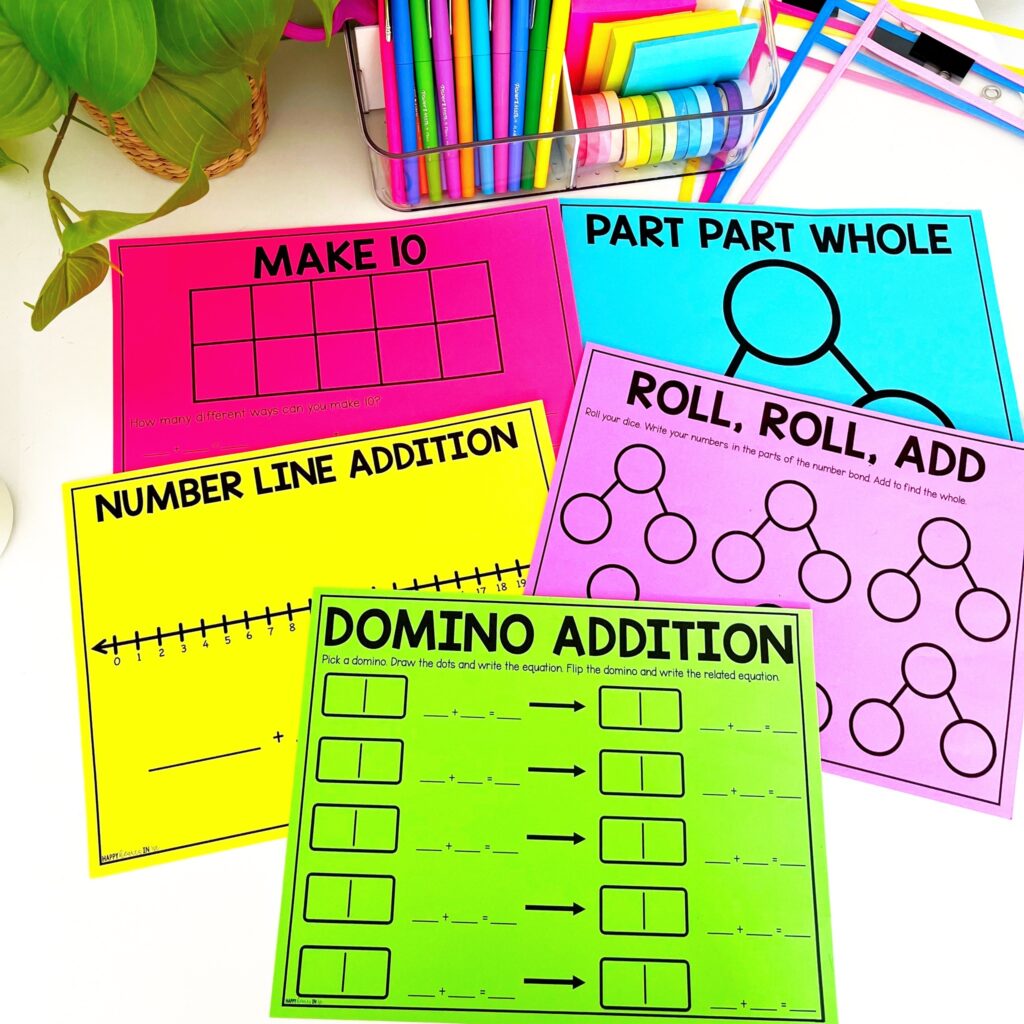
During our small group time, I keep these mini addition strategy posters handy at my teacher table for us to reference during the lesson.
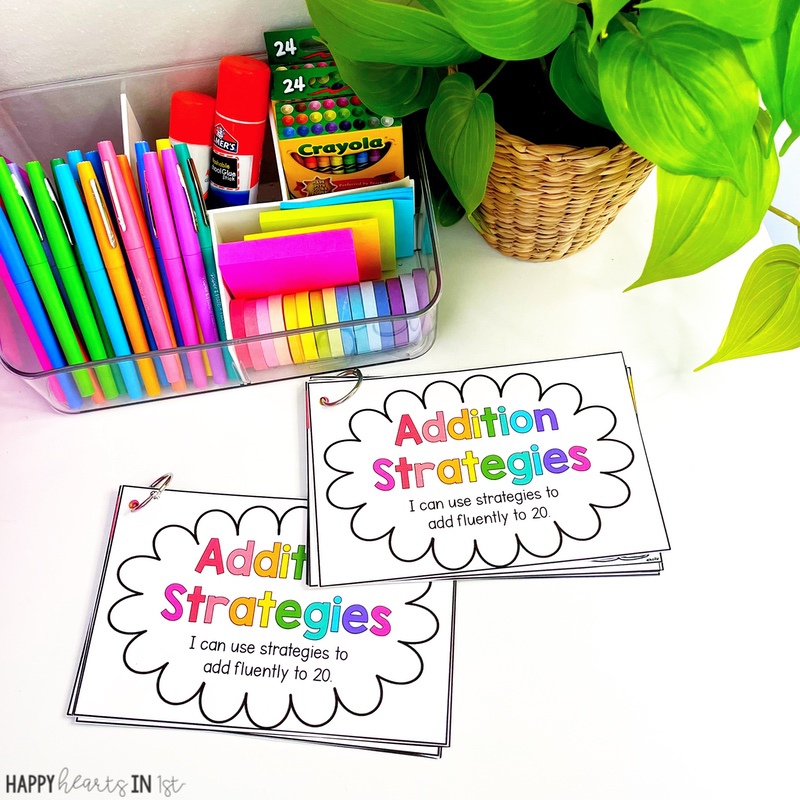
What other Addition Strategies should I teach?
With any math skill, I always apply the CRA model: Concrete, Representational, Abstract. I use this as a guide to teach addition strategies in a systematic way. I always start with the most concrete (using manipulatives or acting out addition situations), then move to representational strategies (using a number line, counting on with fingers, drawing pictures), then finally I move on to teaching mental math strategies. These include adding 0 and 1, doubles facts, Friends of 10, and more!
Keep reading for tips for teaching each strategy! 🥰
Concrete Addition Strategies
💗 Making a Model
Students learn to use manipulatives such as cubes and counters to add. I always keep manipulatives available for students to use when working independently.

💗 Using a Number Bond
I LOVE number bonds for building conceptual understanding of addition. They are amazing for students to be able to visualize the parts joining together to make the whole and the relationship between the parts and the whole! Building this understanding is essential for skills that come later such as subtraction and missing addends.
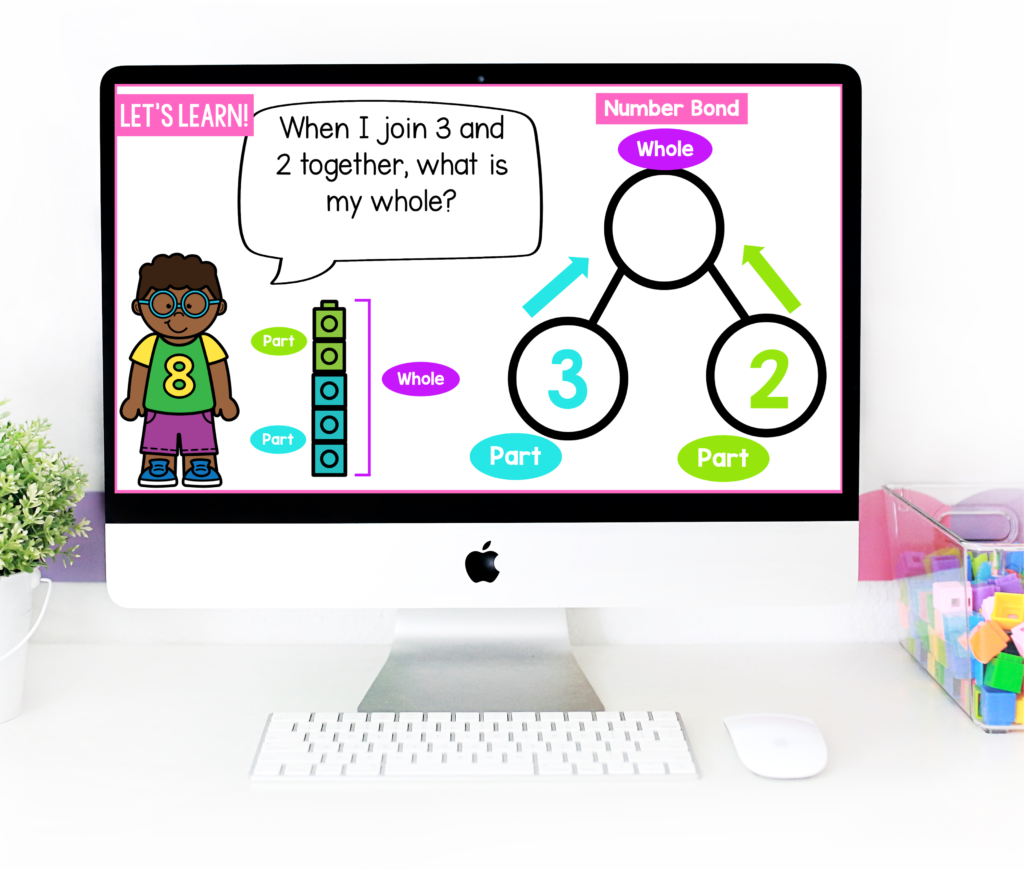
We spend a lot of time in small groups with our Part Part Whole Math Mats. We practice joining parts to make a whole and also decomposing numbers into number partners. I like to give my students a set of cubes (I start with 6!) I challenge students to break that stack of cubes apart in different ways.
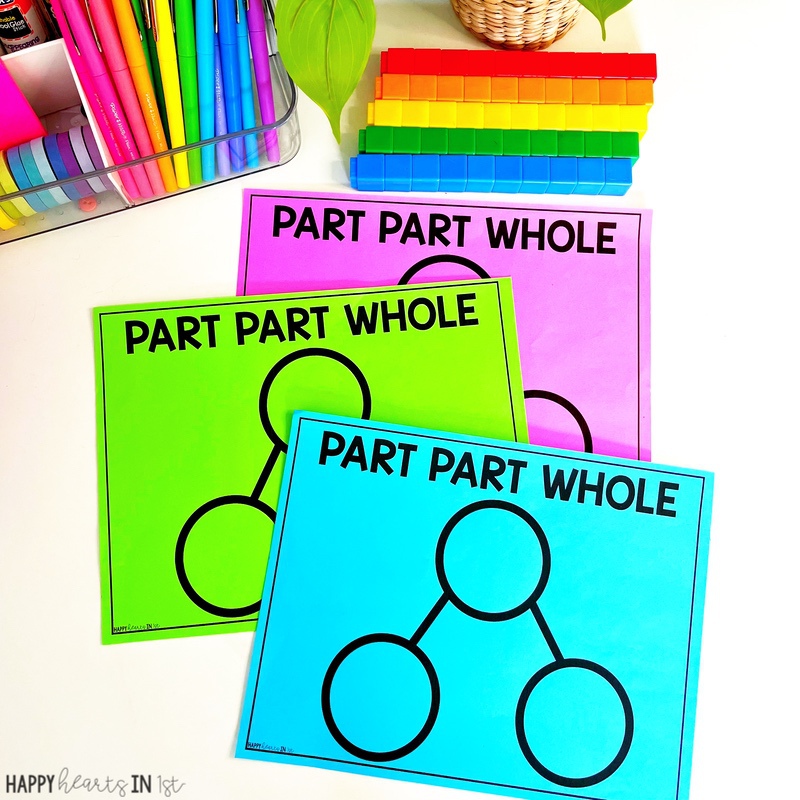
Representational Addition Strategies
💗 Using a Number Line
Using a number line challenges students to think about adding numbers in a different way. We learn that when we add, we are actually counting forward. We can use the number line as a tool to help us keep track of numbers as we count forward to find the sum.

Using mini erasers with our math mats is always a hit during small group time!

💗 Counting On
After we learn to count on using a number line, we learn that we can also count on by locking the bigger addend in our brain and counting on the smaller addend. Students learn that they can use their brains or math tools to help count on.


💗 Drawing a Math Picture to Add
Finally, students learn how to draw math pictures to help them add. I teach my students that math pictures need to be clear and they need to be simple (we talk about how they are different than the pictures they draw in art class 😂)
We practice solving addition story problems by drawing a picture. I love using Numberless Word Problems during small group to promote problem solving!

Abstract: Mental Math Addition Strategies
In 1st grade, we are beginning to work toward fact fluency. By the end of the year, we want students to be fluent with facts up to 10. Instead of memorizing random facts, teaching strategies helps students develop fact fluency.
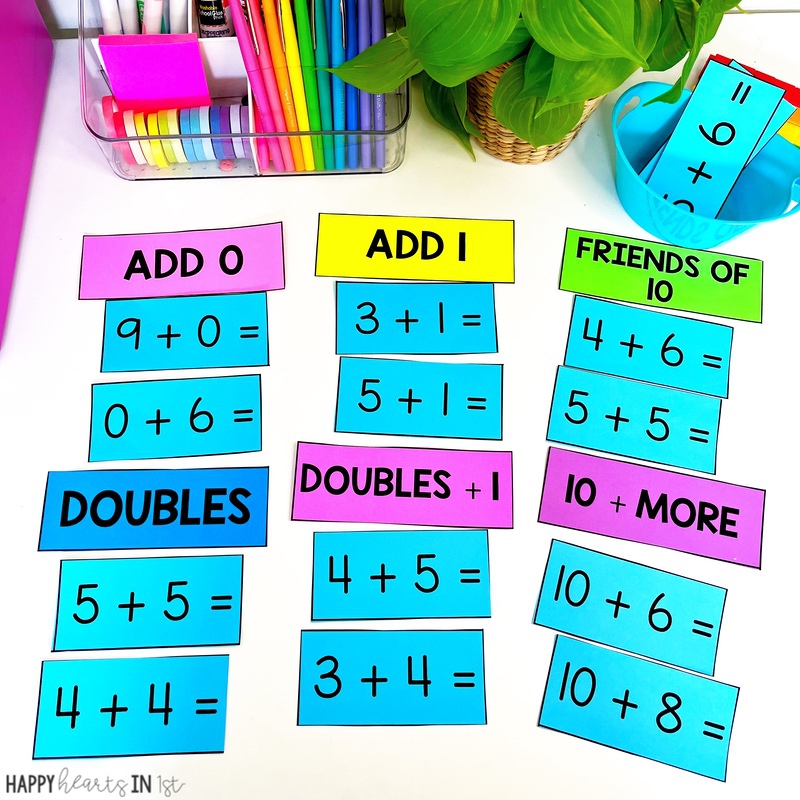
I like to teach students about Snap Facts – or facts we know in a snap! I tell them we want to add Snap Facts to our brain! The more we practice, the easier it is to keep Snap Facts in our brain!

💗 Adding 0 and Adding 1
These are the first mental math strategies we learn in 1st grade. Students learn that when we add 0 to a number, the number stays the same! When we add 1, we just count forward 1!
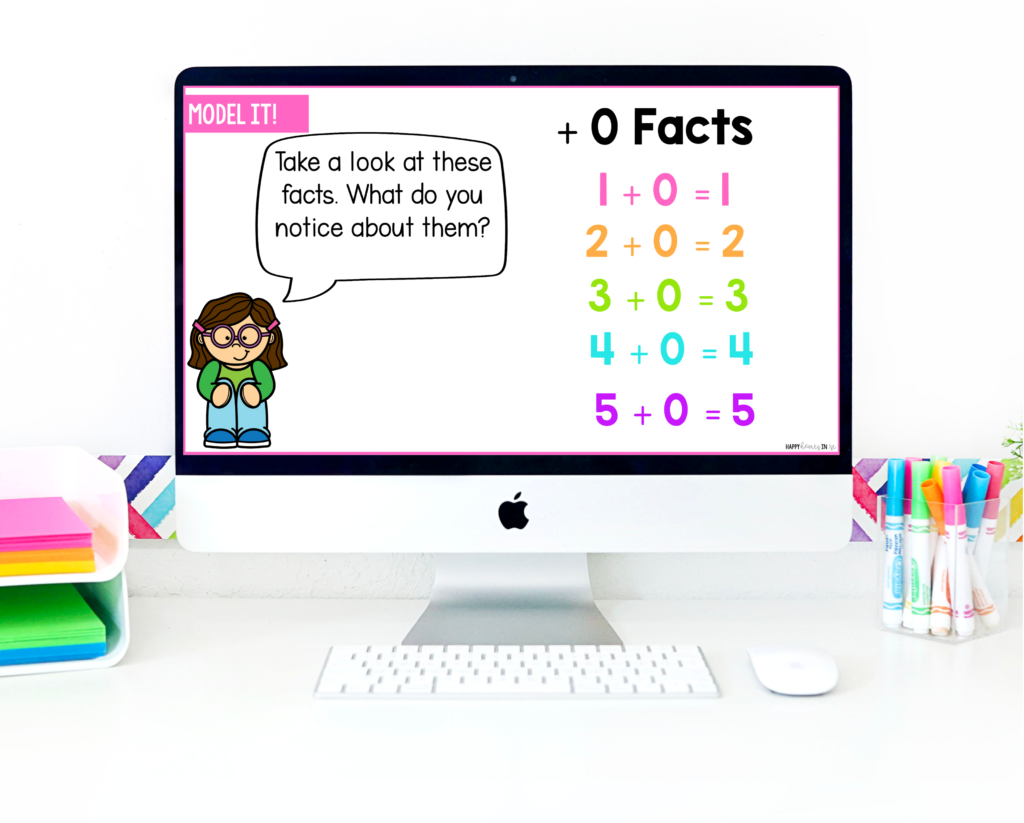
💗 Commutative Property
The Commutative Property tells us that the order of the addends in an equation doesn’t matter. Even if the addends switch places (or flip flop!) the sum stays the same. This is important because it allows us to be more flexible when adding. If we know that 5+1 is 6, then 1 +5 also has to be 6!
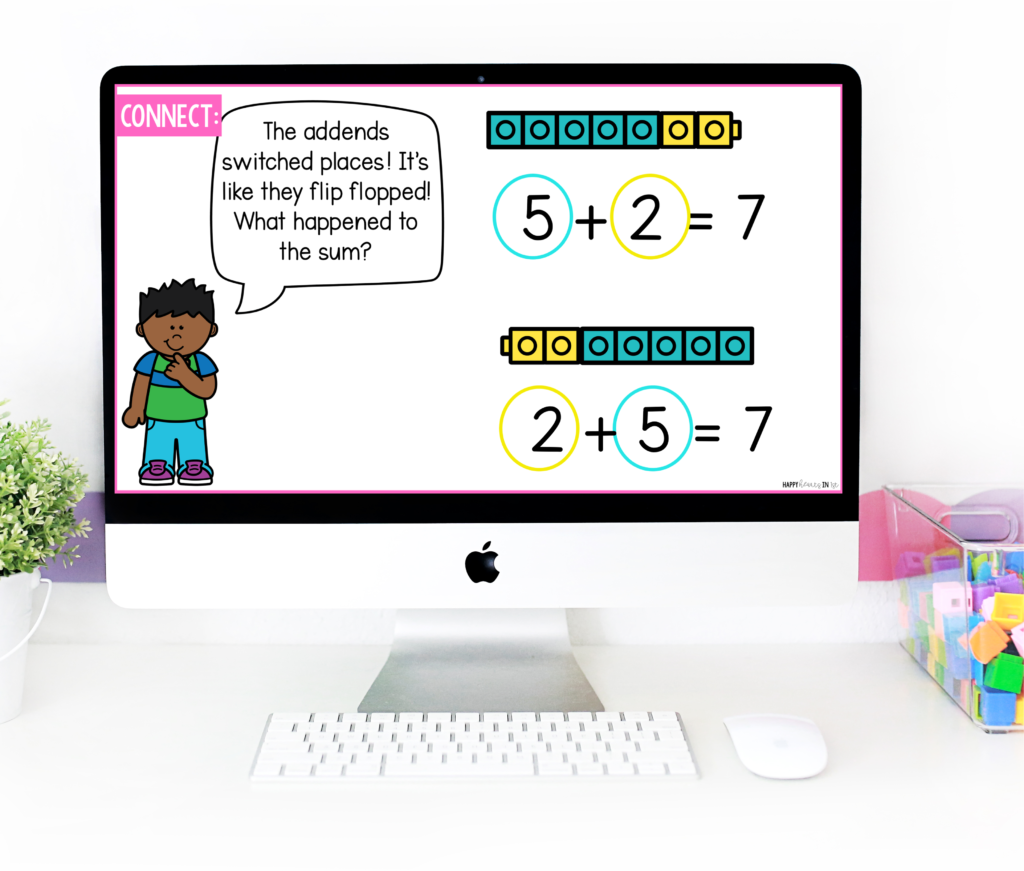
We practice this in small group with dominos. Students pick a domino and write the equation, then flip it and write the related fact!
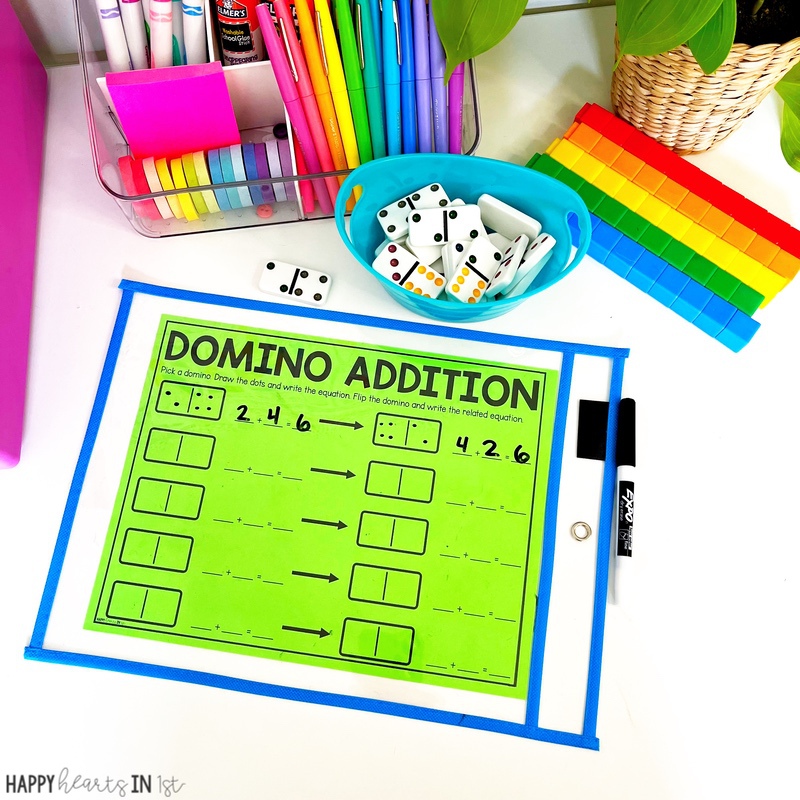
💗 Friends of 10
Next, we introduce ways to make 10. Knowing the “Friends of 10” is so important for our learners. 10 is a benchmark number in first grade. Knowing combinations of 10 helps increase students’ number sense and fact fluency. Building a solid foundation of making 10 will help with future math skills such as adding larger numbers, subtraction, and missing addends.

Shake and Spill is one of our favorite activities for exploring the Friends of Ten. I give each student in my small group a cup with ten 2-sided counters. Students shake, spill, and count how many of each color. We try to discover all of the different ways to make ten!

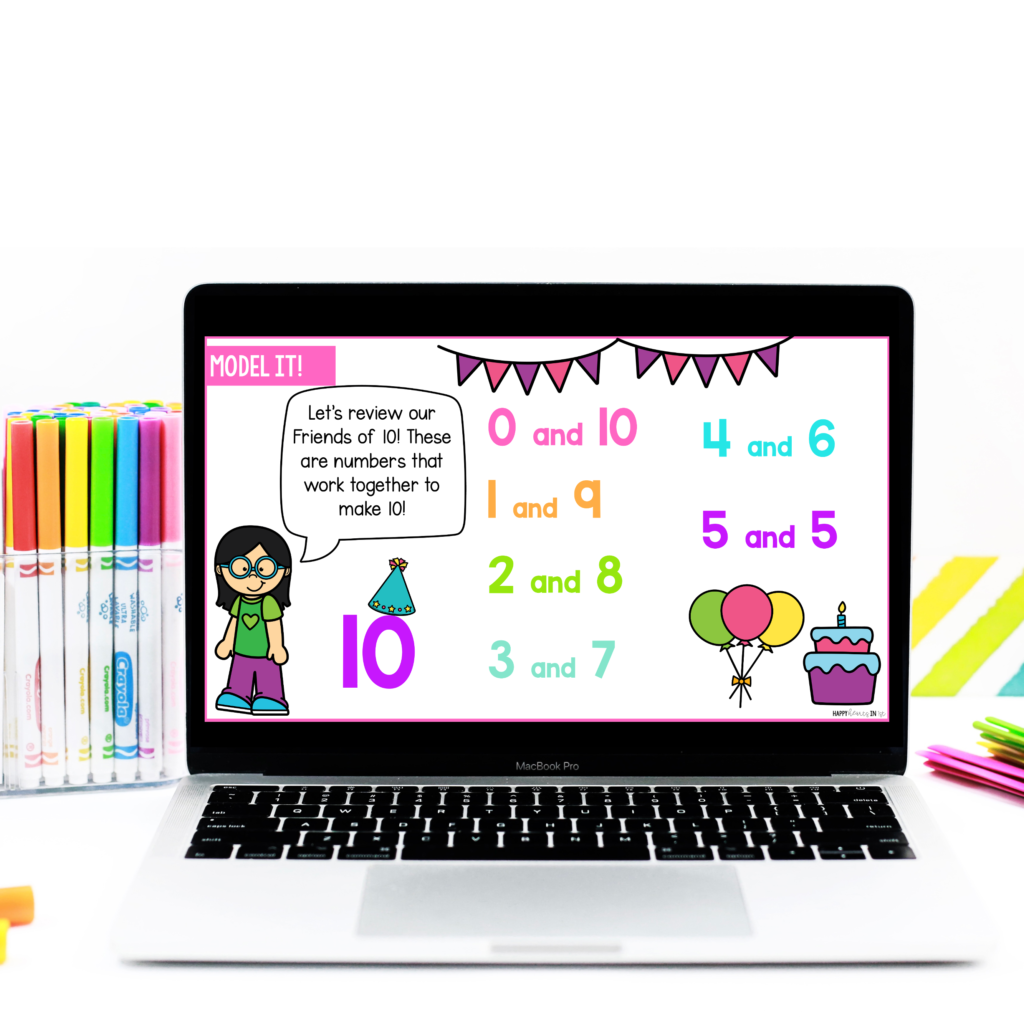
In small groups, we also use cube trains to practice making different combinations of ten.
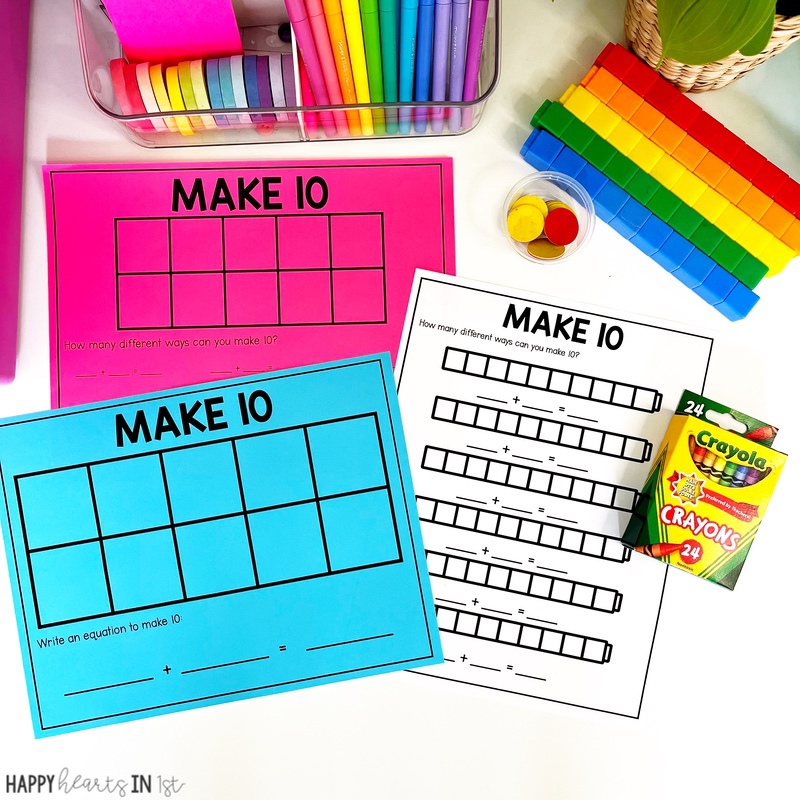
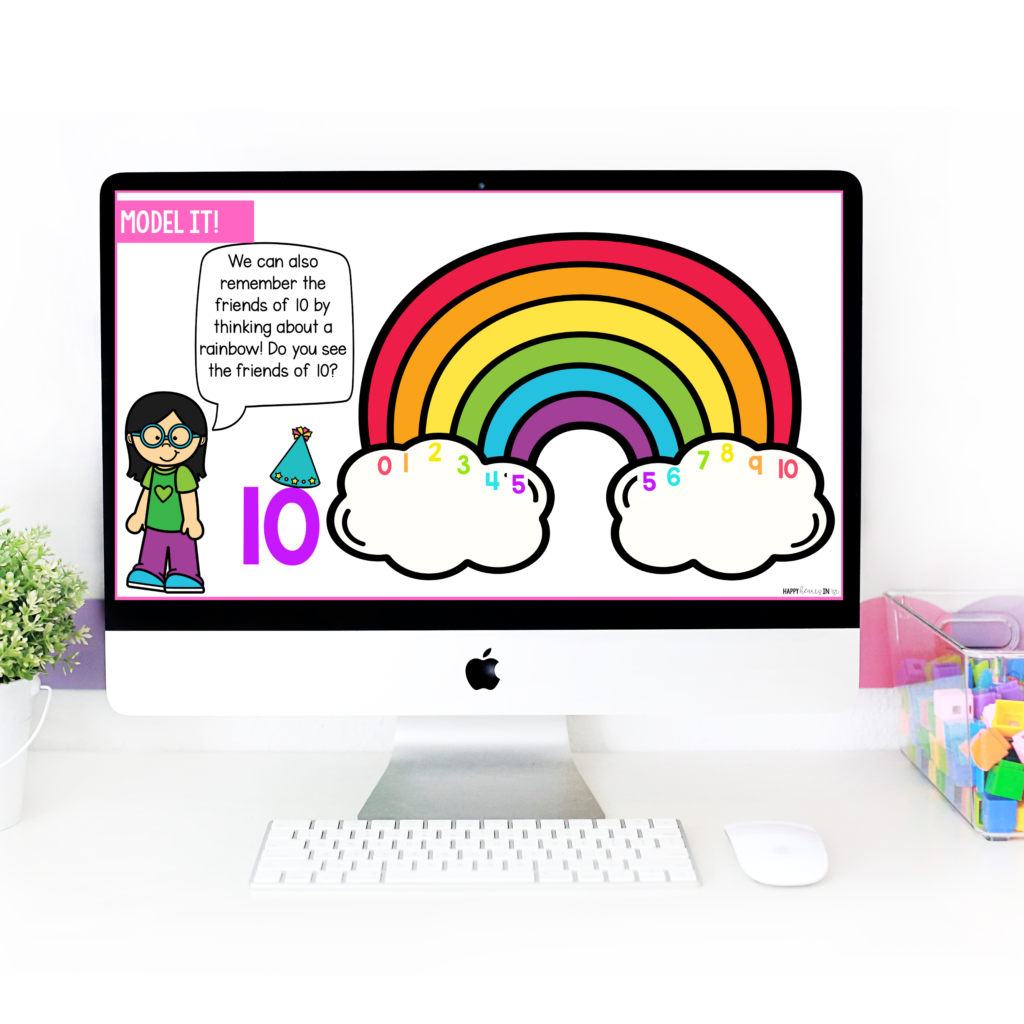
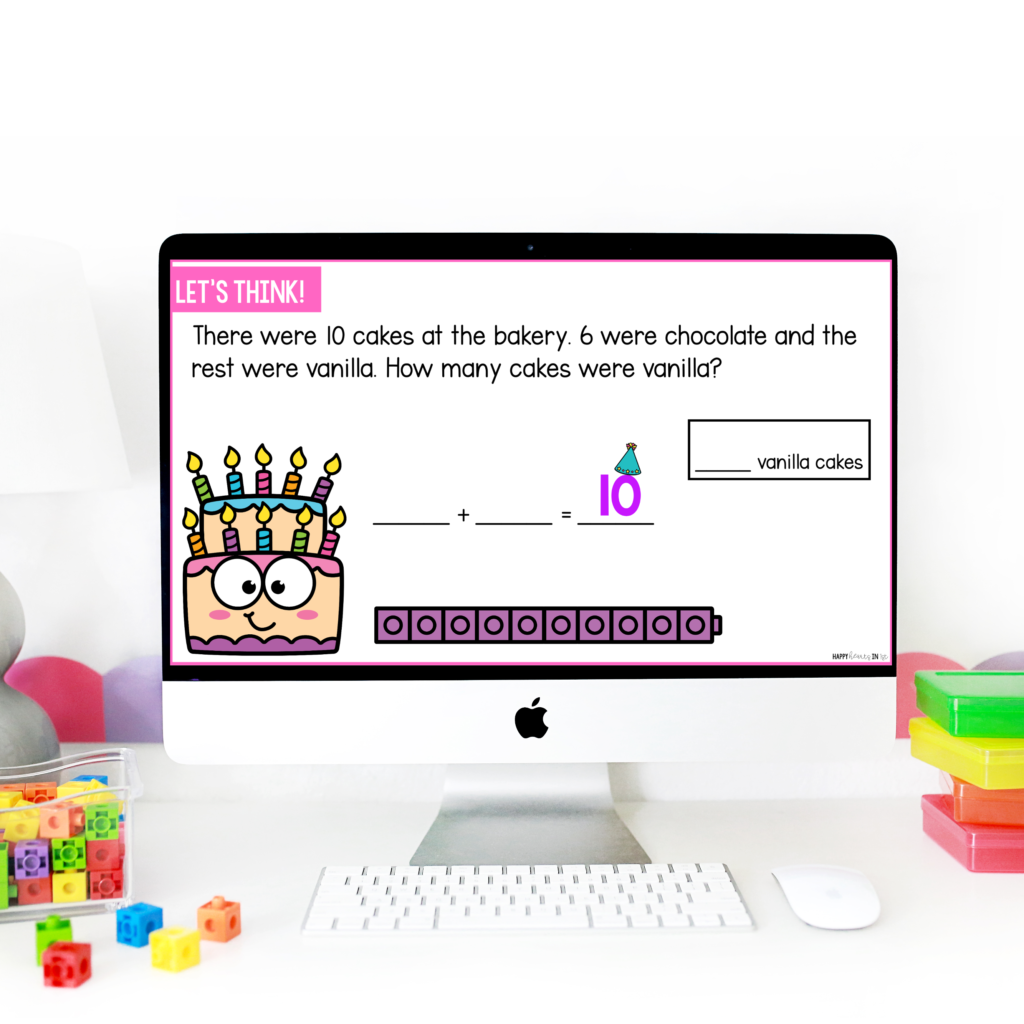
💗 Doubles Facts
Next, we work on learning our doubles facts! A Doubles Fact is a number sentence where two of the same number are added together. Knowing the doubles facts automatically is important for fact fluency and helps students to know many other facts as well.

It will take time and practice for students to learn their doubles facts by heart. I suggest songs and movement to help! There are great YouTube doubles facts songs if you are able to play these for your students. I like to concorporate these math fact songs into daily movement breaks. A few favorites are the Doubles Number Rock (all of these songs are so good!) and Doubles Doubles! By Harry Kindergarten.
In small group, we practice making doubles facts with manipulatives and playing doubles facts games!


💗 Doubles + 1 Facts
After practicing our doubles facts, we work on doubles + 1 or near doubles facts! For example, if I know that 5+5=10, then 5+6=11 because I just add one more. To recognize doubles +1 facts, I like to teach students to look for “neighbor” numbers. 5 and 6 aren’t the same but they are right next to each other. That means that 6 is just 1 more than 5.
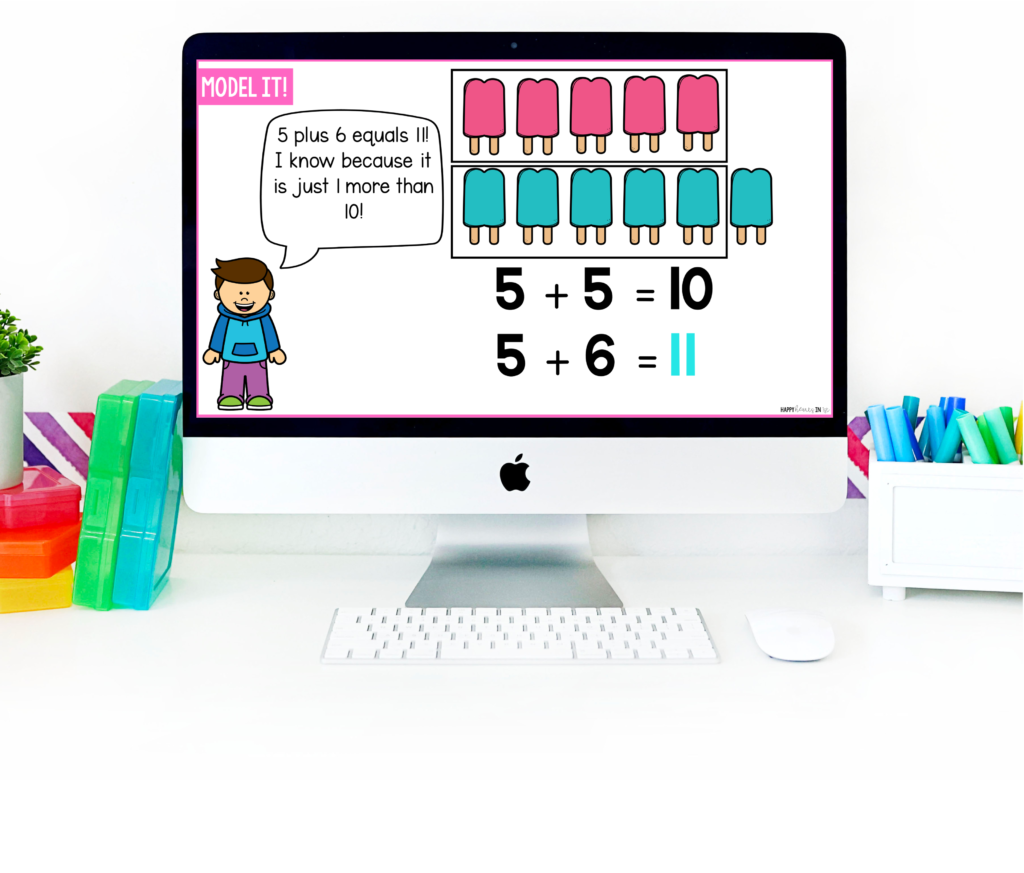
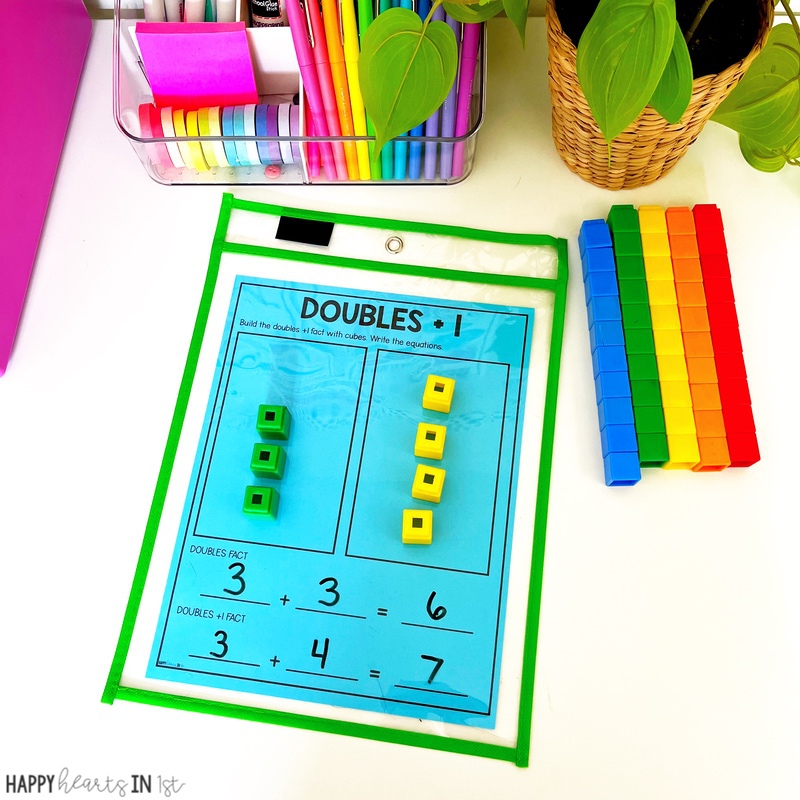
💗 10 + More
The next strategy we learn is 10+ More! This is when we add on numbers to ten to make a teen number. In our mini lesson, students look for patterns when we add numbers to 10. when we add a number to 10, we keep the 1 and replace the 0 with whatever number we are adding (10+3=13, 10+4=14, 10+5=15, etc.) Learning this pattern will help students answer 10+ more facts in a snap. This lesson introduces the concept that our sum is made up of a group of 10 and extra ones.

💗 Make a 10 to Add
This is a complex mental math strategy that requires us to shift the amounts of our addends to make numbers easier to add quickly. Instead of thinking, ’what’s 8+5?’ we can think ‘10+3 is 13, so I know 8+5 is also 13’.
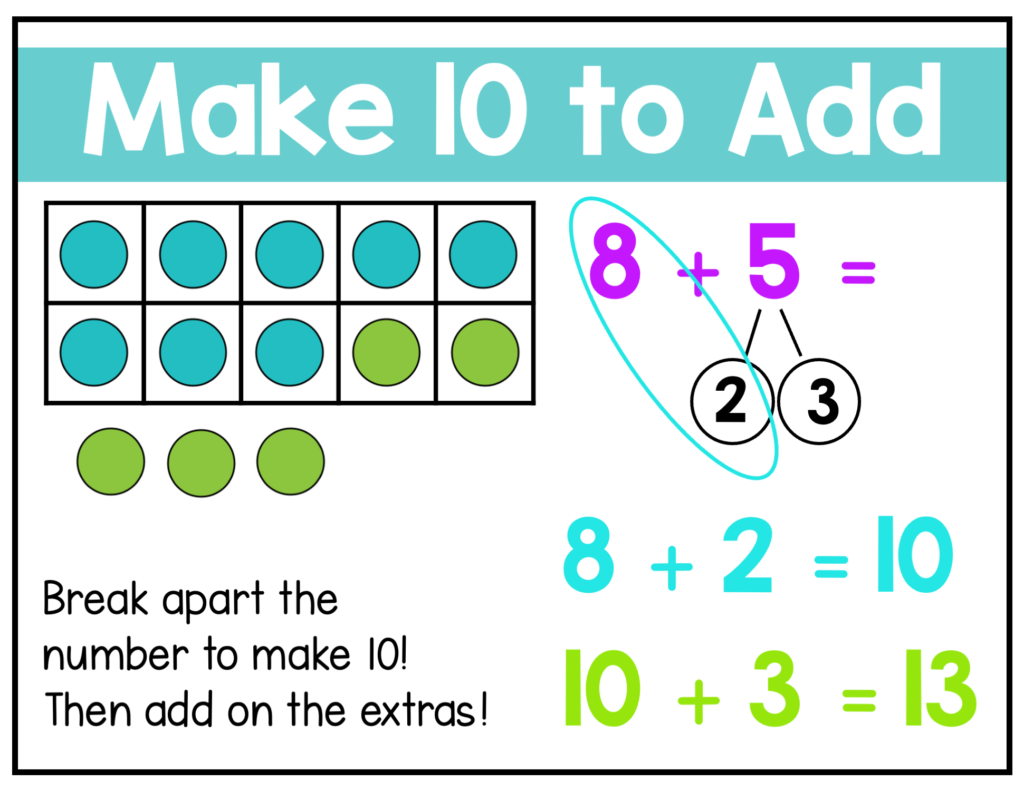
In order for our students to be able to use this strategy there are a few skills they need to have down first:
- They need to have basic fact fluency within 10 in order to break apart the number
- They need to be fluent with the Friends of Ten
- They need to be able to use the Ten +More strategy
When I first introduce this strategy, not all of my students are ready for it, and that’s okay! We work on the strategy in a very concrete way by using two ten frames to move counters to make a ten.

In small groups, we use math mats and manipulatives to practice this strategy in a concrete way. Some students are able to apply this strategy to equations without using the manipulatives and others aren’t there yet, and that’s okay! I always revisit this strategy later in the year when our fact fluency is stronger.

Addition Strategies Math Centers and Activities
I love to give my students a lot of opportunities to practice adding with games and activities! Here are a few of our favorite!
⭐️ Add and Cover
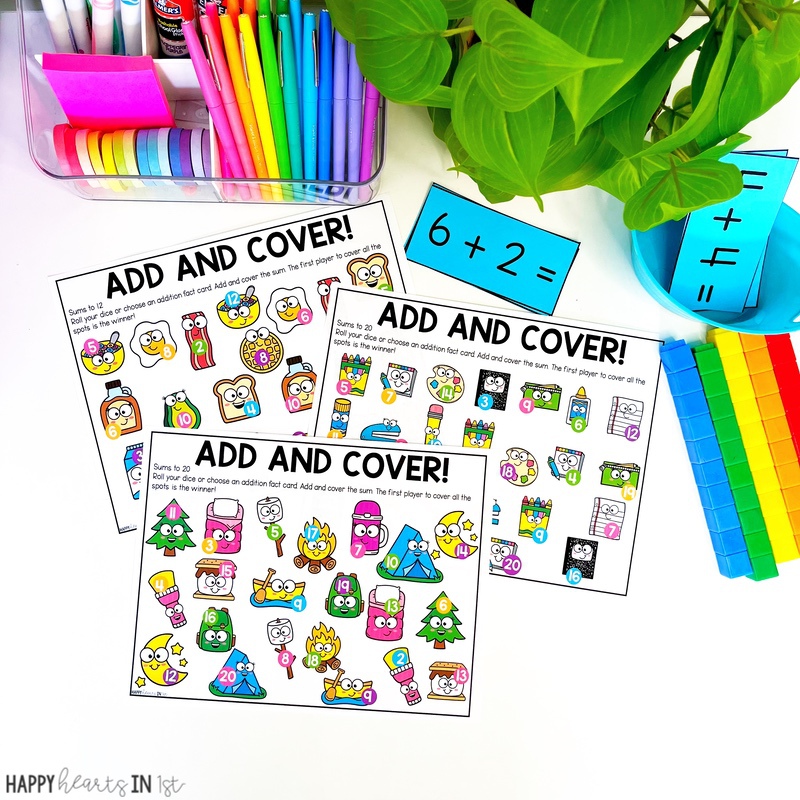
⭐️ Addition Write and Wipe Cards
These cards are perfect for reviewing during small group time.
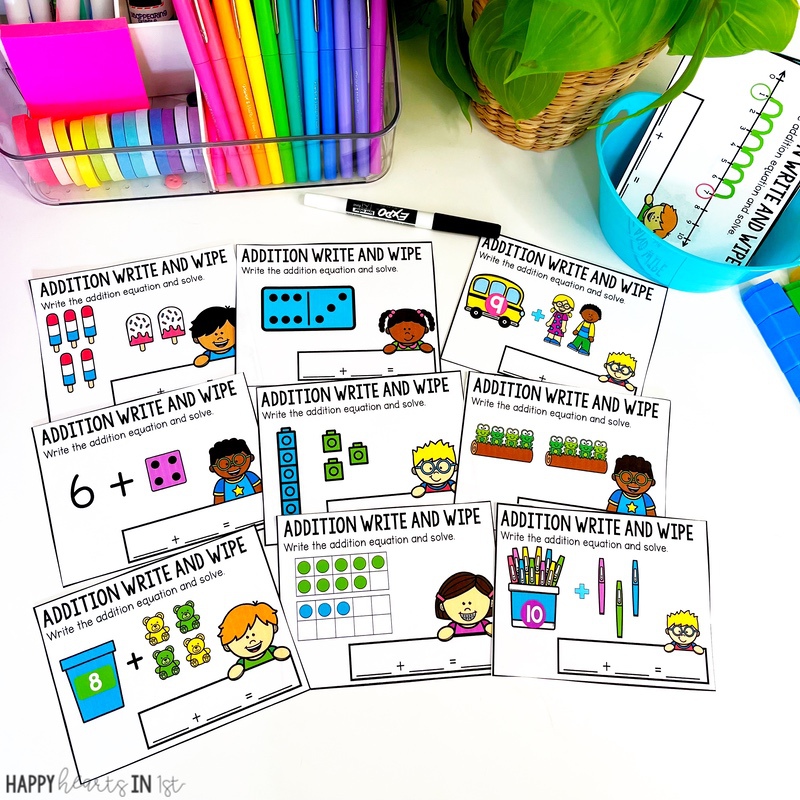
⭐️ Addition Strategy Sort
This is an amazing activity for critical thinking and developing fact fluency!
I like to do this during small groups to review strategies. Then, I will use it again as a math center. This is also perfect for a whole group review!
Go over each strategy you have taught your students. You can choose to working on only a few types of facts at a time and gradually add more. Or you might wait until all strategies have been taught and do it all together.
Show students each of the headers and have them take turns choosing a card and deciding where it will go. You can also have students say the sum as they sort.
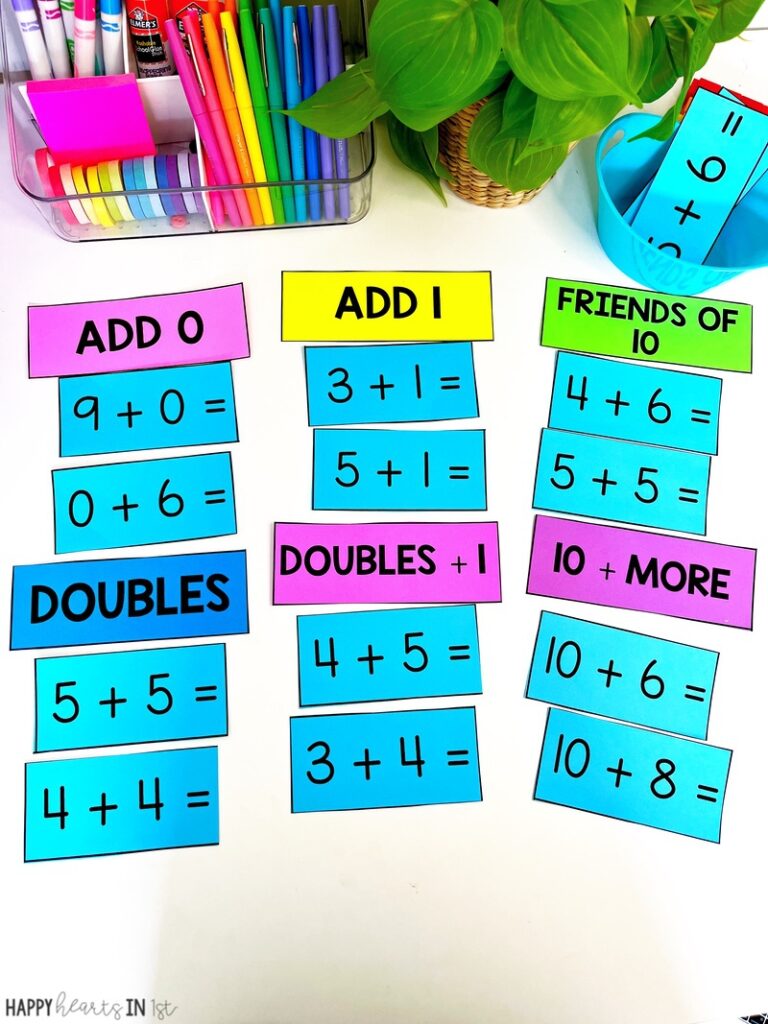
⭐️ Addition Strategy Book
This book is perfect for independent work at the end of a math lesson. After teaching the strategy, have students complete the page in the book. I love sharing these books with families so that they can see examples of the strategies students are learning.

Solving Addition Word Problems using Strategies
Word problems are so important in first grade! We want our students to develop into problem solvers who think deeply and use different strategies to solve.
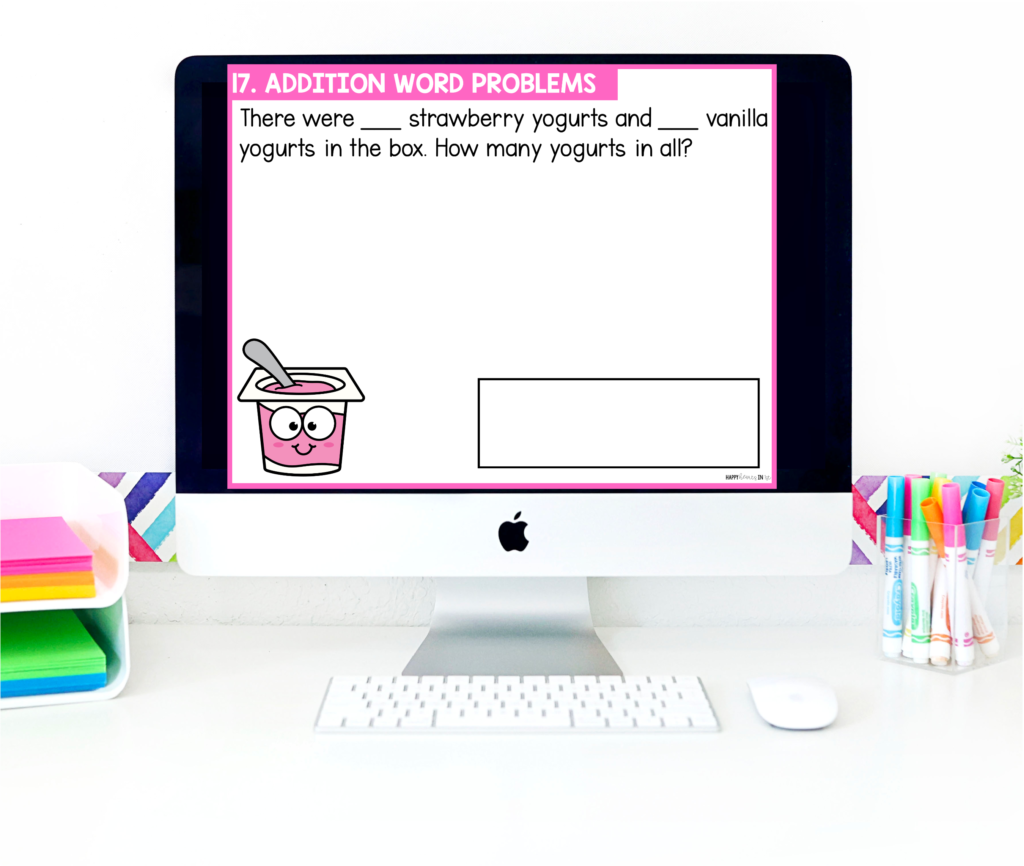
I love using Numberless Word Problems to promote problem solving! These slides make a great math warm up before starting our mini lesson!
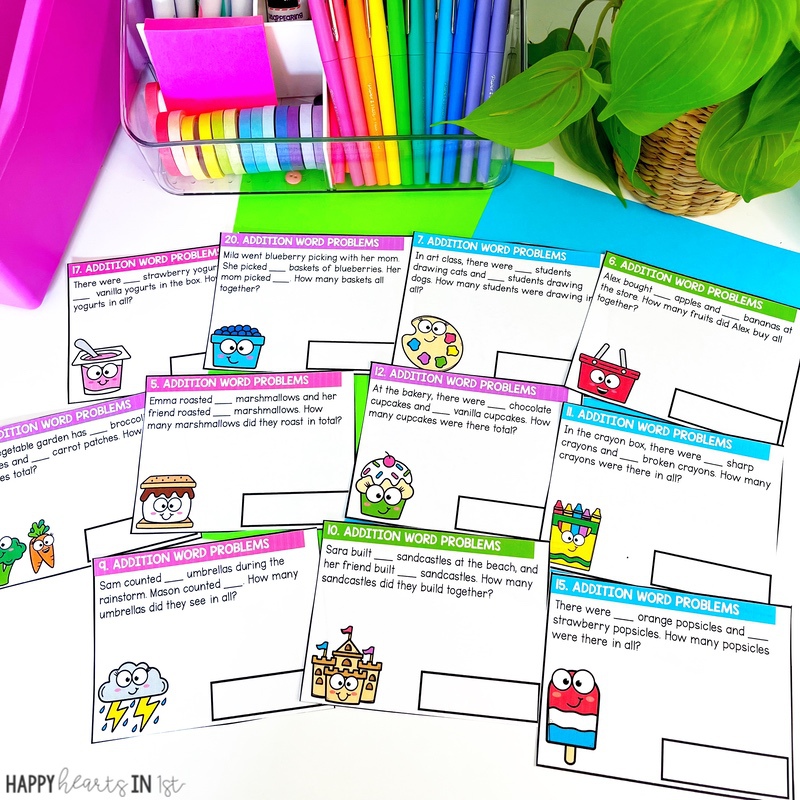
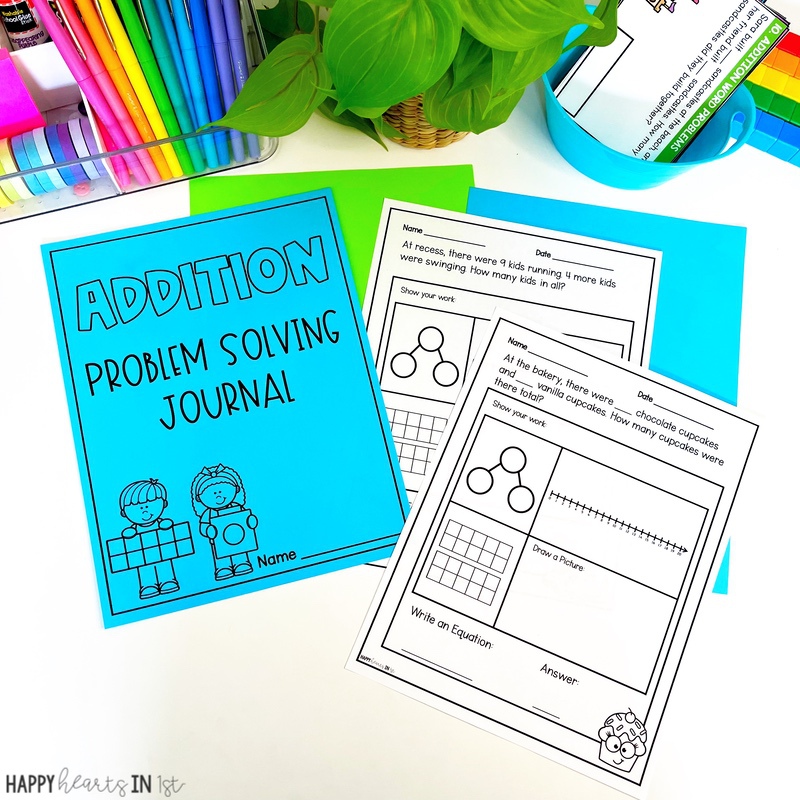
Addition Worksheets for Grade 1
For independent practice, I included addition worksheets. Students will practice applying the addition strategies we’ve learned.
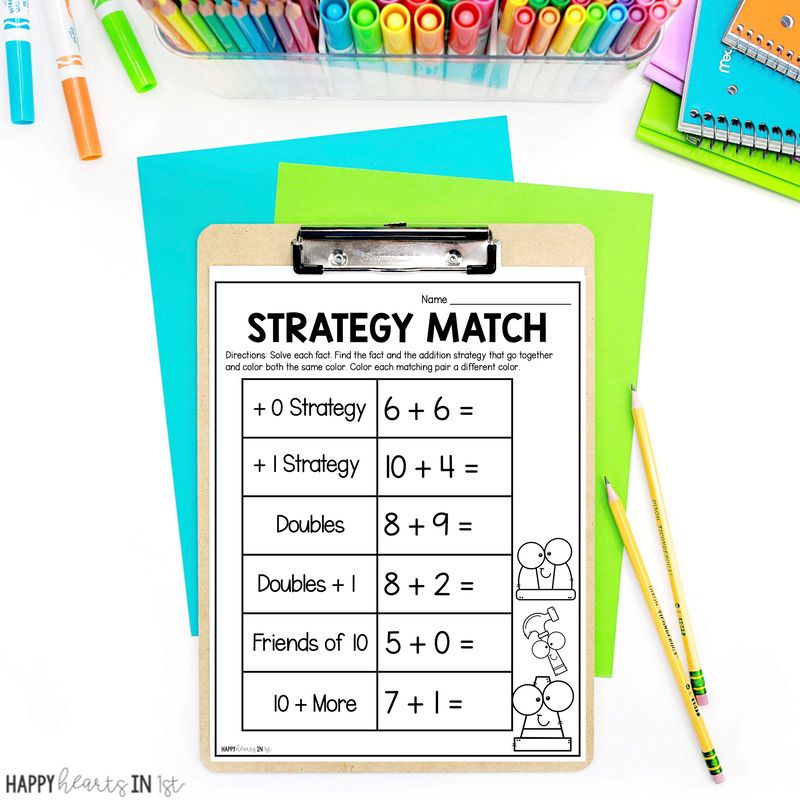
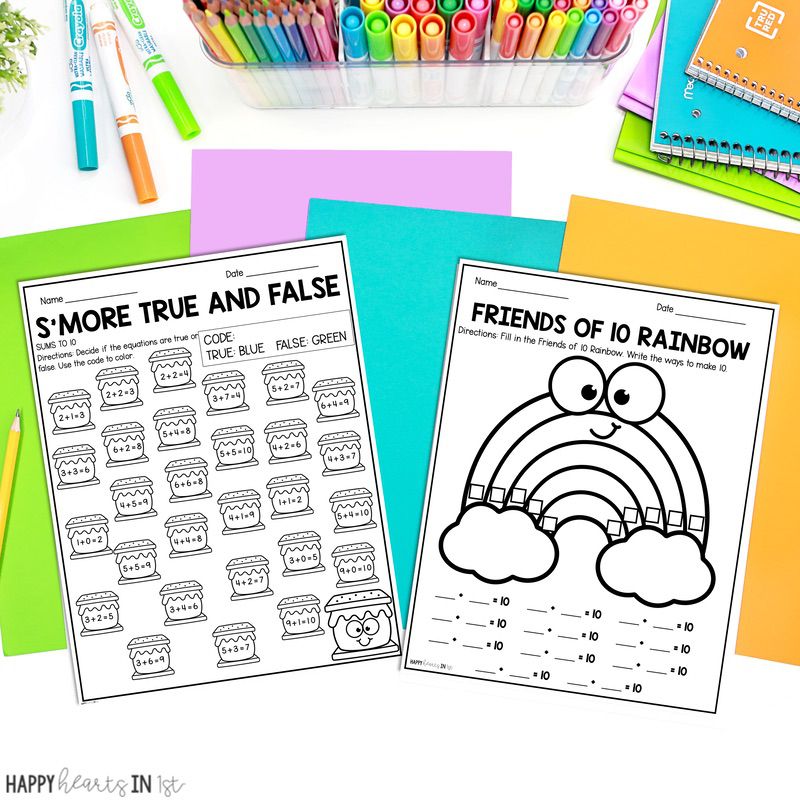
These can be used during math centers, for morning work, or sent home as extra practice!
These could also be used to put together Math Folders or packets for independent work time during math rotations.

How do I assess when teaching Addition Strategies to first graders?
Assessment is an important part of guided math! It not only tells us if students have mastered concepts at the end of a unit, but it also helps inform teaching decisions during a unit. There are 3 main ways that I assess in my guided math block.
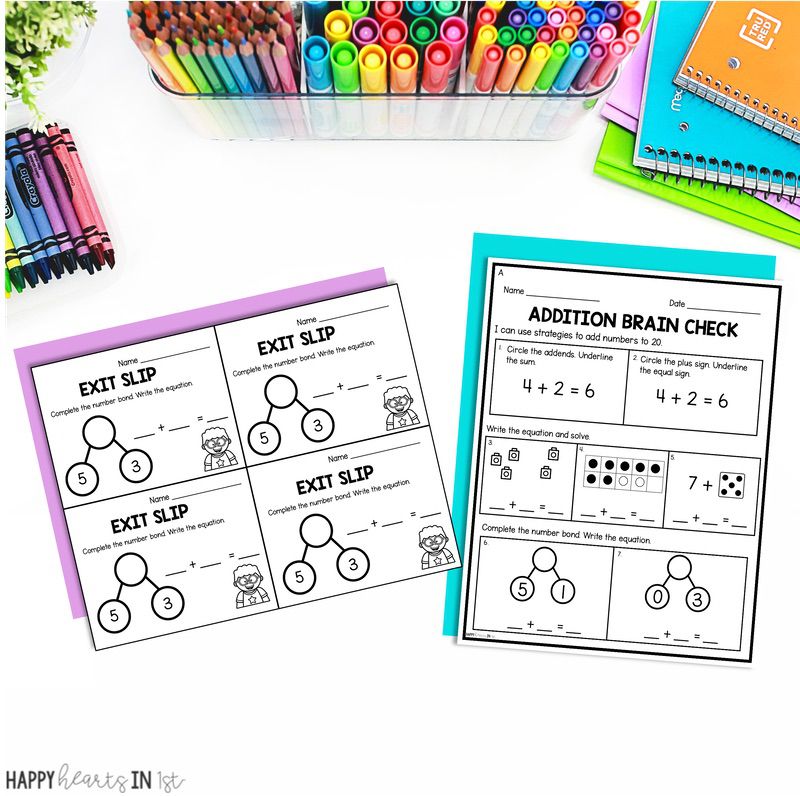
- Exit Slips: Giving quick exit slips at the end of a small group session is perfect for checking students understanding during a math unit.
- Observation: Along with exit slips, I use a lot of observation as a formative assessment. I keep anecdotal notes in my guided math planning binder! You can grab it for free here!
- Brain Check: At the end of a unit, I give a summative assessment over the standards we covered! In the unit, I included two versions of the brain check so that one could be given as a pre-test and one as a post-test.
Celebrating the end of our Addition Strategies Guided Math Unit in 1st Grade
We celebrate the end of our unit with this Addition Strategy Toolbox Math Craft! These are perfect to display in the hallway or on a bulletin board to share learning!
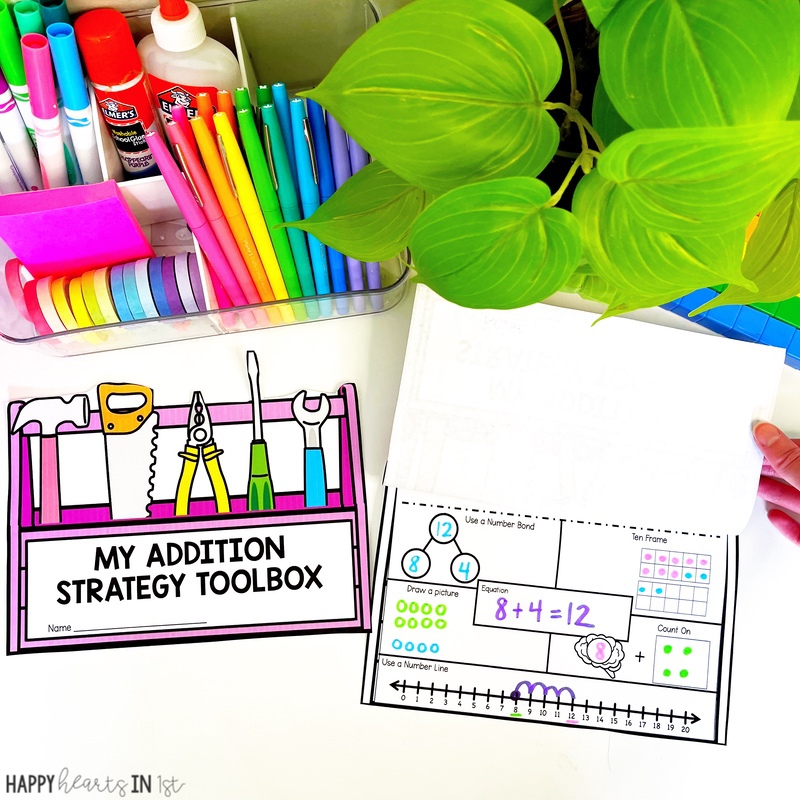
I hope this post gave you tons of ideas for Addition Strategies activities and lessons for first grade!
Want your Addition Strategies Unit planned for you?
You can grab this 800+ page resource that includes:
- ⭐️ Ready-To-Use Mini Lesson Slides (15 days of lessons)
- ⭐️ Hands-on Activities to use during small group instruction, whole group, and math centers
- ⭐️ Addition Strategy Posters and Mini Posters
- ⭐️ Daily Addition Word Problems
- ⭐️ Worksheets and Independent Practice
- ⭐️ Assessment

More posts you might be interested in:
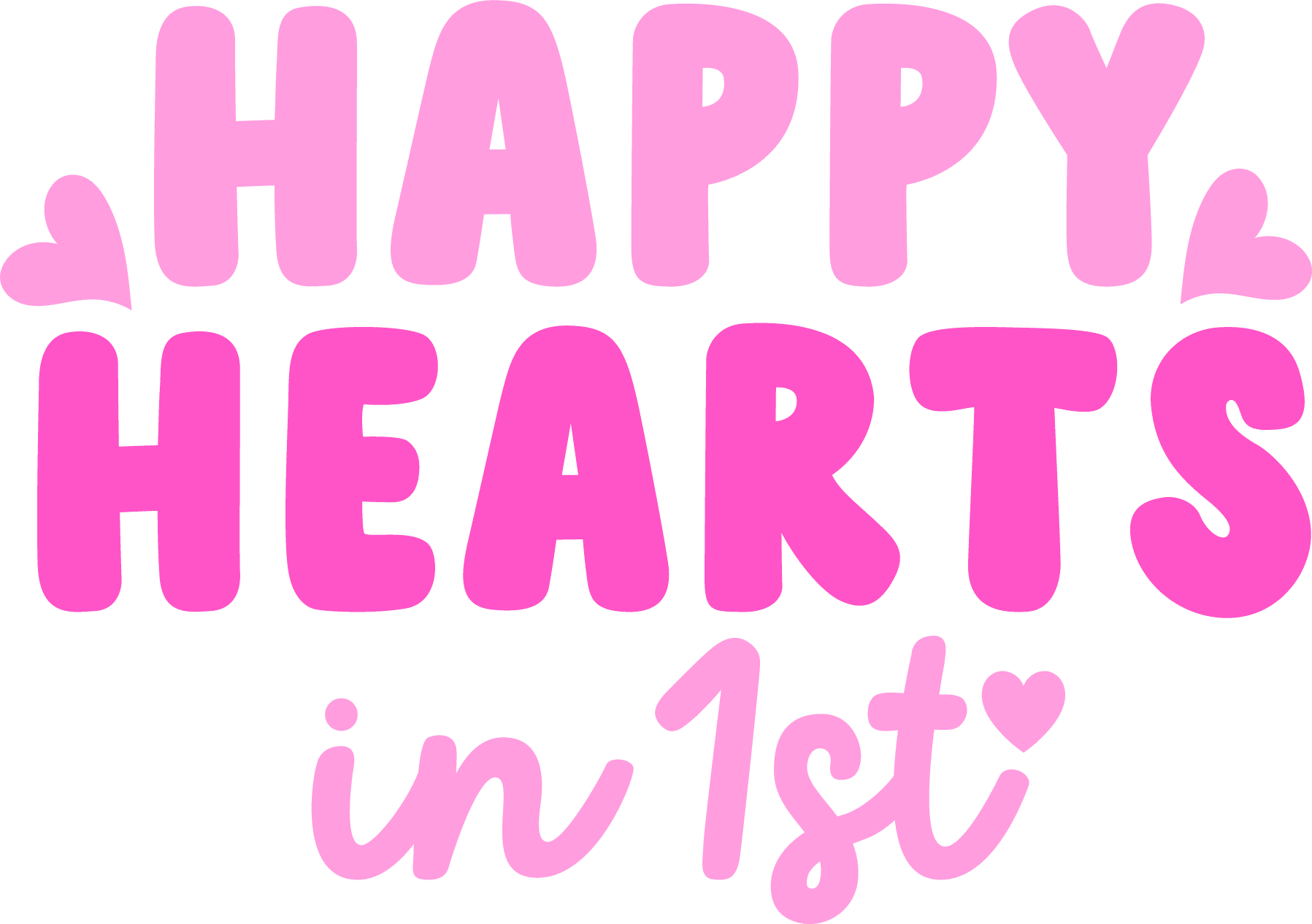
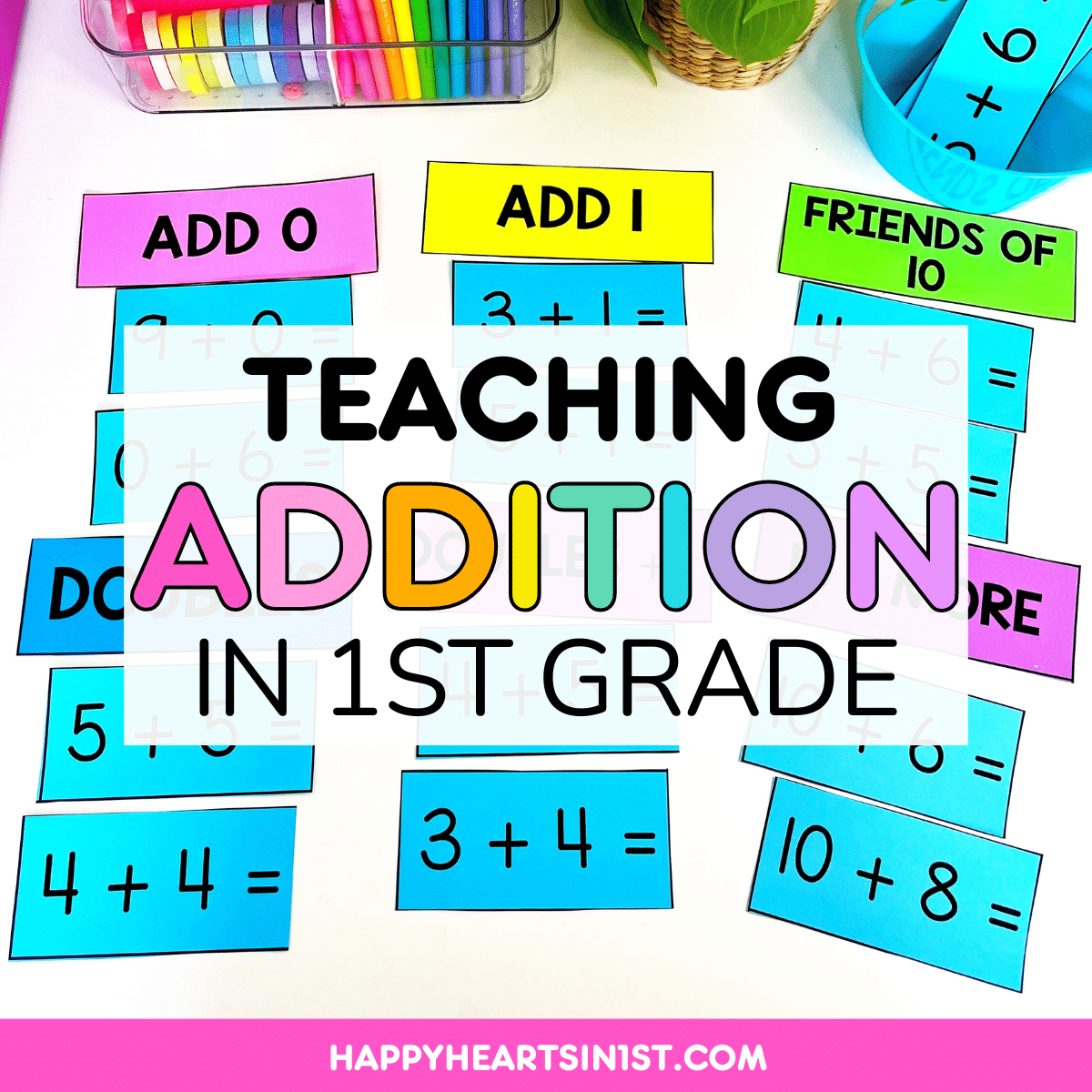

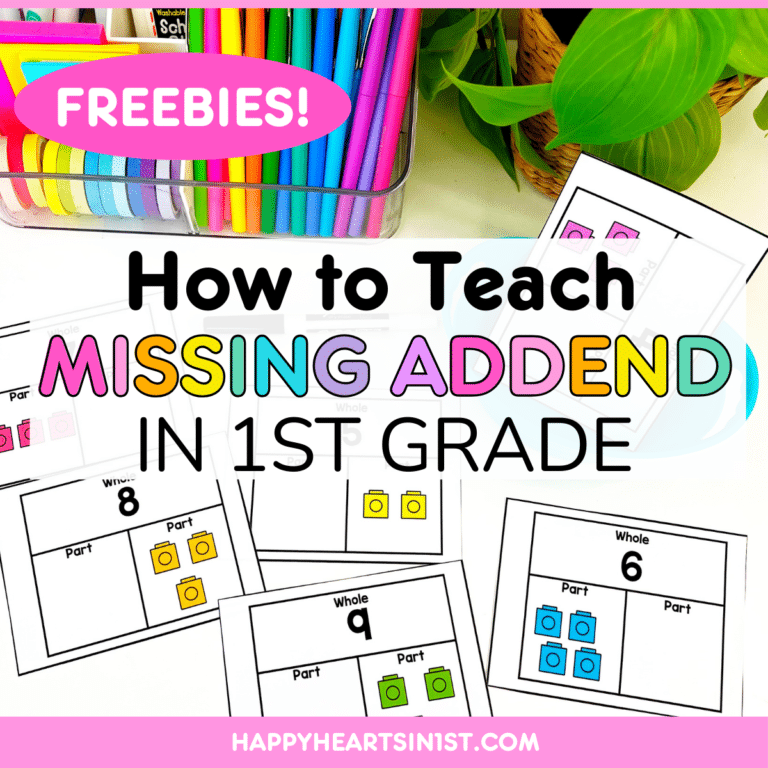
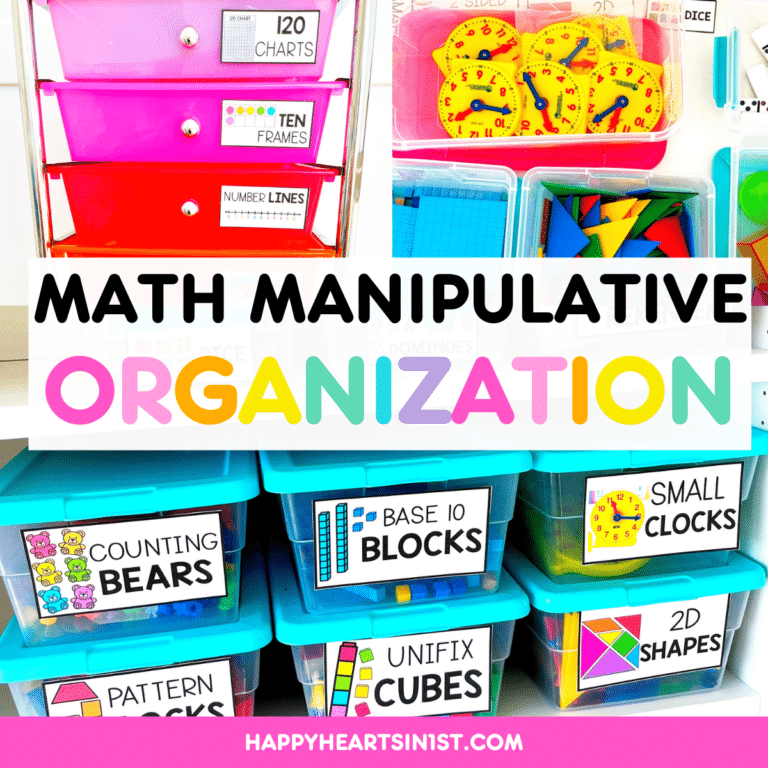
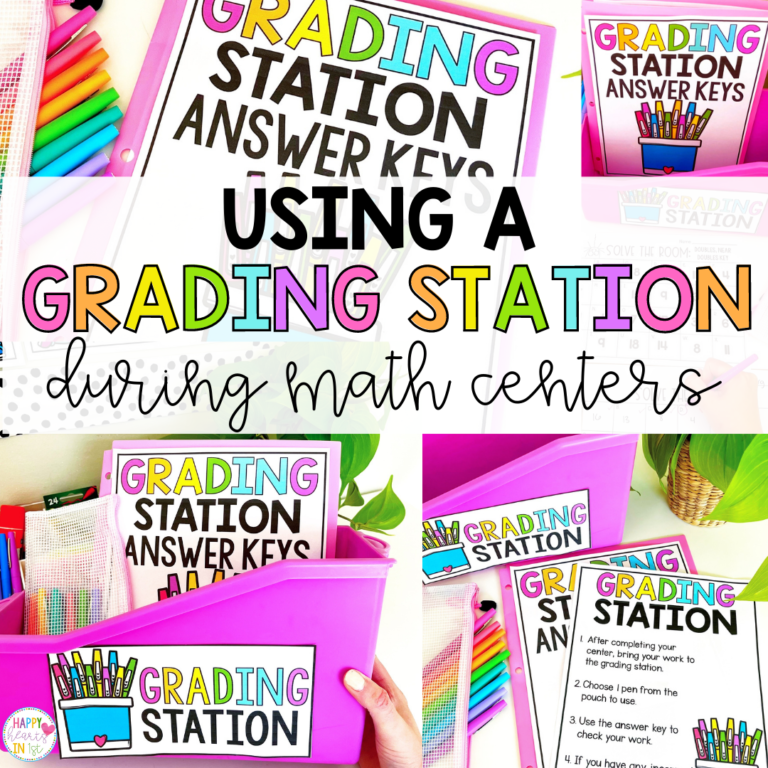
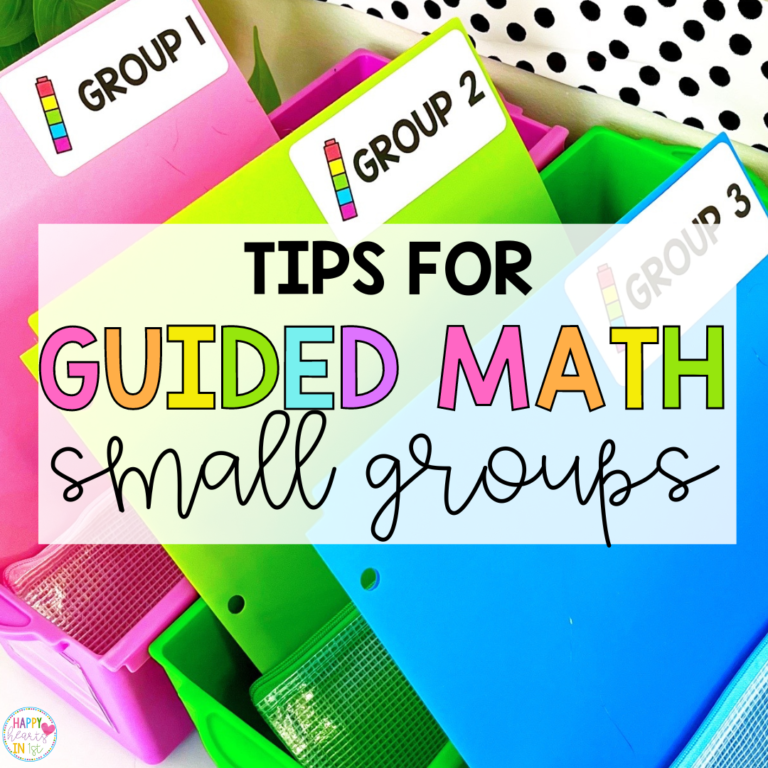
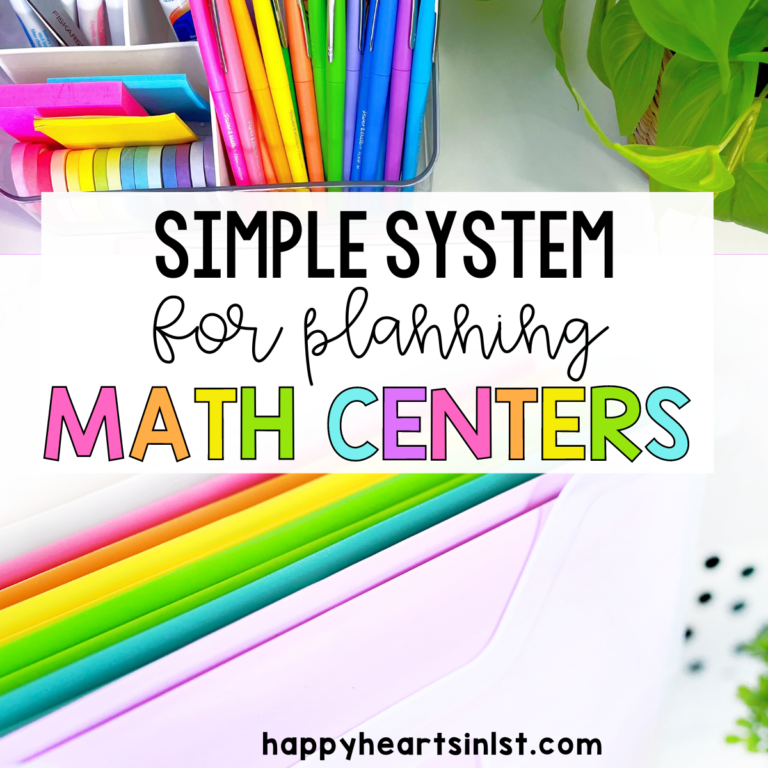
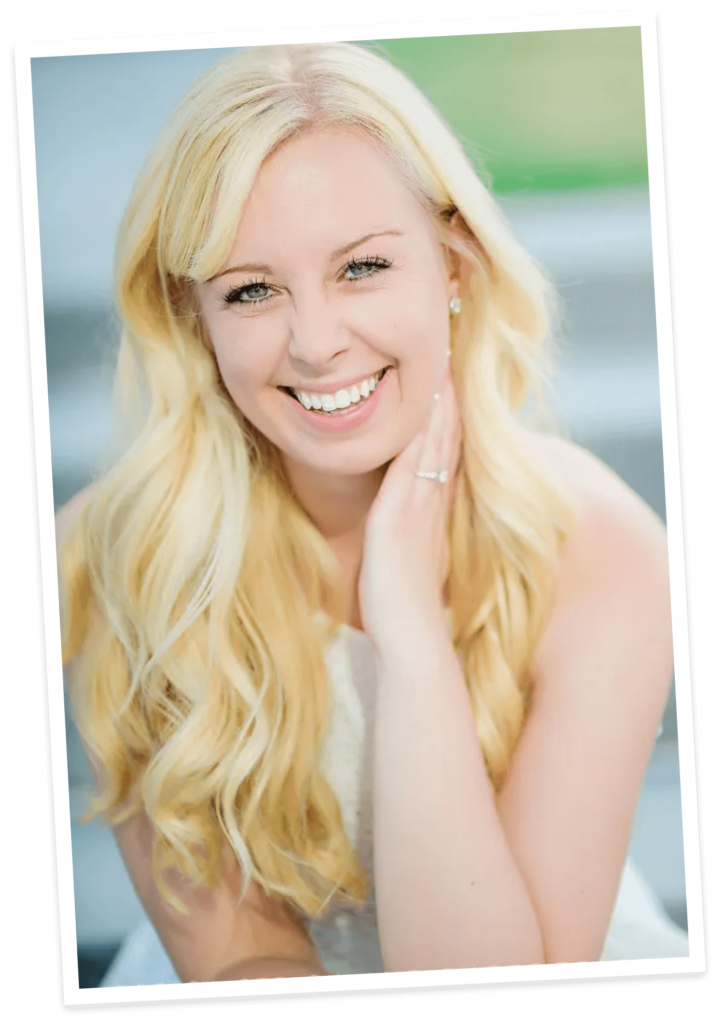
I am a first grade Teacher. Your worksheets and strategies are very helpful.
Your worksheets and strategies are very helpful.
Thank you for everything you have listed. I was wondering if it is possible to just purchase the shake and spill activity.
Hi! The Shake and Spill Activity can actually be found with this freebie! 🙂 https://happyheartsin1st.myflodesk.com/ne0y7pjrmp